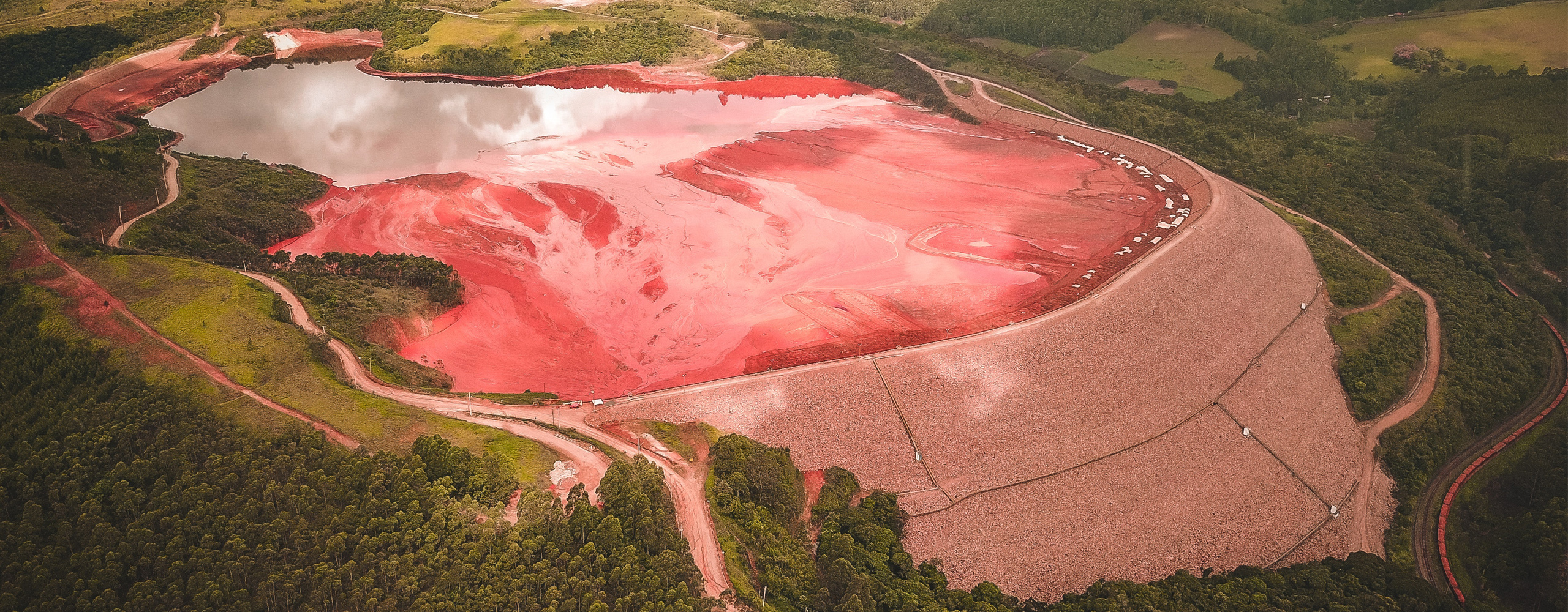Caving is applied to increasingly deep, large, strong, and heterogeneous ore bodies. This increases the risk of stranded reserves in overhangs, potential for cave stall and air-blast, infrastructure rehabilitation or loss, and large-scale caving-induced subsidence. Geomechanical analyses are therefore critical to understand and predict:
- cave growth and shape;
- primary and secondary fragmentation;
- extraction level stability;
- recovery and dilution; and
- surface subsidence.
Itasca simulates mine caveability and subsidence using the continuum program FLAC3D and the discrete element programs 3DEC and PFC to predict the progressive failure and fragmentation of the rock mass from an intact/jointed to a caved material. Both FLAC3D and 3DEC can utilize Itasca’s CaveHoek and Imass material models, whereas both 3DEC and PFC can utilize bonded or free-flowing blocks/particles.
Coupled with Itasca’s deterministic, physics-based code REBOP or the statistical, cellular automata code CAVESIM, the collapse, bulking, and movement of caved rock can be better incorporated. The coupled method captures many important aspects of caveability affecting cave design, such as hang-up formation, material recovery, timing of surface breakthrough or interaction with other lifts, crater development, and surface subsidence.

